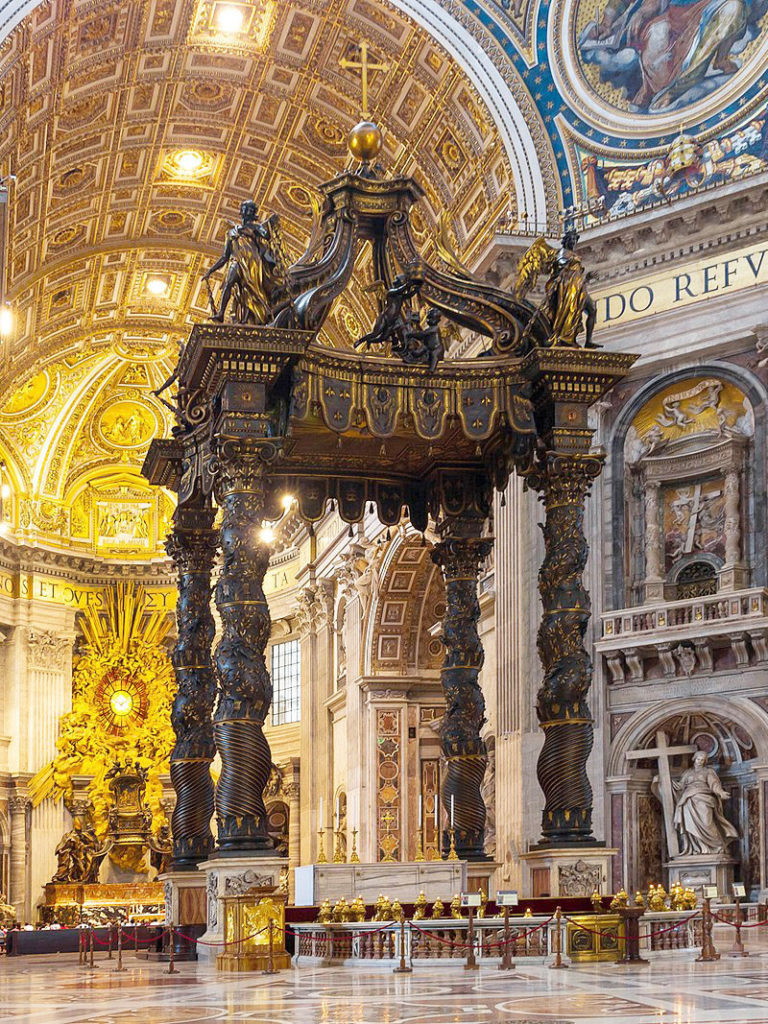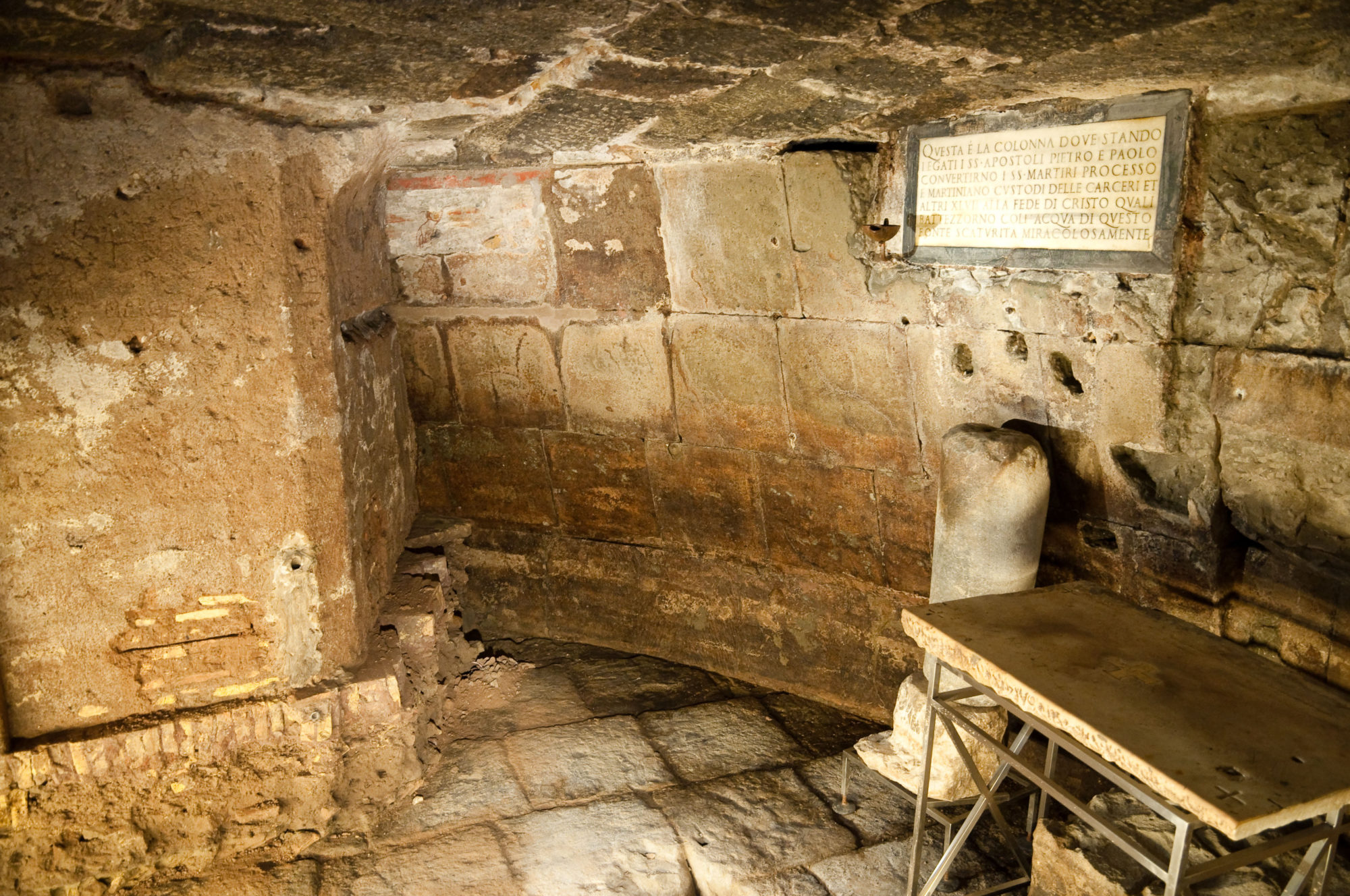A visit to the Vatican is on the list of virtually every traveler to Italy. There are countless things to be seen, from the many Vatican museums, there are 54, to St. Peter’s Basilica and for a fortunate few, a visit to the tomb of the Church’s first Pope. Known as the Vatican Necropolis, it was originally a burial ground built on the southern slope of the Vatican Hill, adjacent to the Circus of Caligula.
The remains of St. Peter have gained attention of late. Three Italian researchers published a paper suggesting that the remains could possibly still could be buried in catacombs under the Mausoleum of St. Helena, after being moved from the Vatican hillside during anti-Christian persecutions in the third century. The Church has dismissed the conclusions as conjecture, stating the Emperor Constantine would never have gone through the logistical trouble of building St. Peter’s Basilica in the early fourth century had it not been contingent upon the presence of the St. Peter’s remains, which had been venerated since early Christian times.
The Book of Popes mentions that Pope Anacletus built a sepulchral monument over the underground tomb of Saint Peter shortly after his death. This was a small chamber over the tomb, where three or four persons could kneel and pray. Between 320 and 327, Constantine built a basilica atop the early Christian necropolis that included St. Peter’s resting place. The altar of the Basilica was planned to be located directly over the tomb.

The burial chambers were uncovered in 1939 as workmen dug a tomb for Pope Pius XI. Over the next ten years, an archaeological excavation was performed on the necropolis which lie at depths between 12 and 40 feet under St. Peter’s Basilica. During the work, a significant piece of ancient writing was found that translated as “Peter is here.” Studies were conducted over the next two decades and after much speculation and anticipation, in 1968, Pope Paul VI announced to the world that the relics of St. Peter had been “identified in a way which we can hold to be convincing.” He had cases of the relics placed beneath the Basilica’s main altar and in his private chapel in the Apostolic Palace.
Wine and Dine With Marion – Frascati
When the Vatican decided to offer visits to the necropolis, they chose the name Scavi Tour, scavi meaning excavation in Italian. The only way to obtain tickets for a visit is to email the Scavi Office directly, at [email protected]. You will need to provide the exact number of visitors, with a maximum of 12, as well as the first and last names of each member of the group; no one under the age of 15 is allowed. You must also indicate the language desired for the tour and the dates that you are available for a visit. The more dates that are provided, the greater the chances of being granted a tour since only 250 people are permitted each day. Tickets are 13 euro per person and must be paid for in advance. The tour lasts for roughly 90 minutes. At the end, you will see the tomb of St. Peter and the bones of the Apostle, but photographs are not permitted.
At the conclusion, the tour leaves visitors in the Vatican Grottoes underneath the Basilica. You are free to roam through them before heading up to the Basilica. The Vatican Grottoes are a vast underground graveyard where there are the tombs and sarcophagi of many Popes, as well as monarchs such as the tomb of Queen Charlotte of Cyprus and Queen Christina of Sweden.





